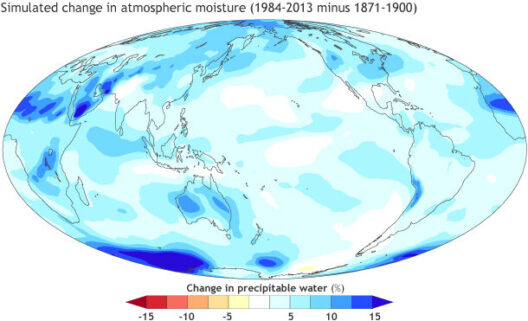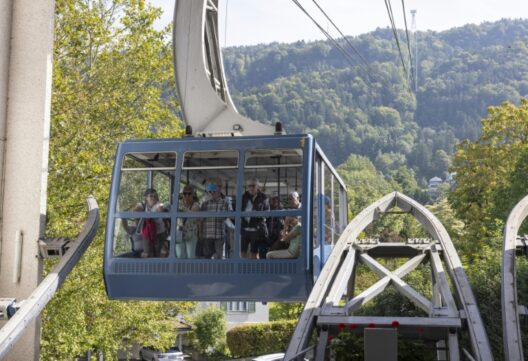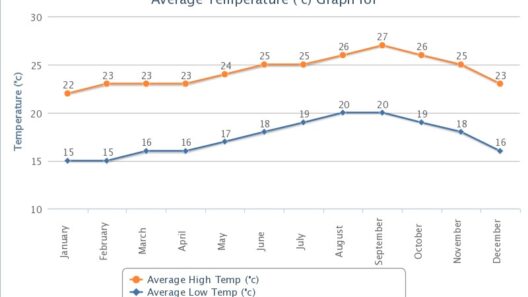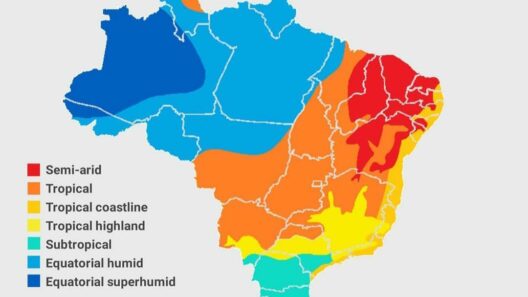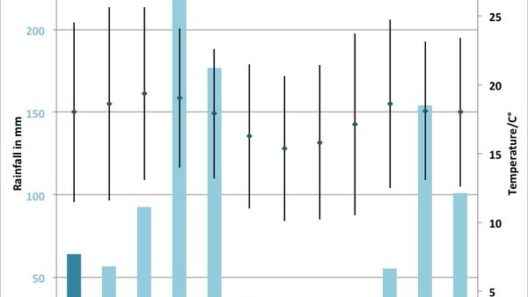The Earth’s climate and ecosystems are intricately woven together, much like a tapestry where each thread represents a unique component of the biosphere. When these threads remain balanced, they create a vibrant picture of life. However, when the balance falters, the consequences reverberate through both climate and ecosystems, altering the delicate dance of nature.
Consider the metaphor of a symphony orchestra, where each instrument contributes to the overall harmony. The climate functions as the conductor, setting the tempo and tone for the ecological ensemble. If one section plays out of sync—be it the percussive beat of carbon emissions or the melodic variations of deforestation—the result is discord, ultimately leading to a cacophony of ecological collapse. The world we inhabit is undergoing such a phenomenon, as anthropogenic influences continue to disrupt the harmonious interplay between climate and ecosystems.
At the heart of this disruption lies a fundamental truth: ecosystems are not merely backdrops for human activity; they are dynamic, living systems that engage in a continuous exchange of energy and nutrients. Terrestrial, aquatic, and atmospheric elements intertwine, analogous to food webs that ripple through both flora and fauna. Each organism, from the mighty oak tree to the smallest plankton, plays a critical role in maintaining this equilibrium. When external pressures, like climate change, invade this system, they cause shifts that can have disproportionate effects, highlighting the fragility of our natural world.
Temperature rise is a quintessential example of this disruption. As average global temperatures ascend, ecosystems face numerous challenges. Coral reefs serve as a vivid illustration of life on the precipice. These vibrant underwater metropolises provide refuge for diverse marine species and play an essential role in coastal protection. However, rising sea temperatures induce coral bleaching, a stress response that expels the symbiotic algae sustaining these ecosystems. The result is a ghostly landscape: a once-thriving reef, now desolate and devoid of color, presenting a stark reminder of what’s at stake.
Moreover, shifts in climatic patterns lead to extreme weather events, manifesting as hurricanes, droughts, and wildfires. These phenomena do not recognize territorial borders; they are indiscriminate in their destruction. For instance, the increasing frequency of hurricanes exacerbates coastal erosion, altering habitats and threatening biodiversity. When we witness such destruction, it’s easy to view it through a localized lens, but the consequences are global, reverberating through interconnected ecosystems far removed from the initial impact.
Consider also the phenomenon of migratory patterns, where the timing of animal migrations—such as those of birds and fish—becomes misaligned with climate cues. An enchanting display of nature’s skill in synchrony turns chaotic, disrupting the age-old rhythms that dictate reproduction and survival. Birds may arrive at their breeding grounds to find that food sources have diminished, leading to population declines that ripple through the food web.
This imbalance extends beyond immediate ecological impacts; it permeates human health and economic stability. Ecosystems underpin our existence. They refine air and water, provide food, and offer recreational spaces that enhance our quality of life. Disruptions in biodiversity can lead to the emergence of new pathogens, as microbial communities also adjust to changing conditions. Such scenarios exemplify the interconnectedness of ecosystems, as human health is inexorably linked to the health of the planet.
Amidst this bleak landscape, the notion of resilience surfaces. Nature possesses an extraordinary capacity for recovery, albeit within limits. Restoration initiatives and sustainable practices are increasingly being embraced, underscoring humanity’s role as stewards of the Earth. While this journey of reclamation is fraught with challenges, it offers a glimmer of hope; where once there was desolation, new life can emerge. Initiatives to protect wetlands, reforest lands, and support sustainable fisheries exemplify the potential for ecological renewal.
Furthermore, the engagement of local communities in conservation efforts emphasizes the importance of collective action. These grassroots movements often carry a profound understanding of the ecosystems they inhabit. By connecting traditional ecological knowledge with modern science, innovative solutions arise that are culturally relevant and ecologically sound. This synergy highlights the necessity of inclusivity in environmental stewardship, as diverse voices bring unique perspectives to the table.
In conclusion, the delicate interplay between climate and ecosystems is a complex tapestry deserving of our vigilance. Disruption of this balance sends shockwaves across the planet, affecting all inhabitants. However, as we face existential threats, the seeds of hope lie in our ability to restore and protect the environment. A future where both ecosystems and climate thrive is not just a possibility; it is a necessity. Investing in this synergy is an investment in our own survival—a harmonized existence where both humanity and nature flourish together.




